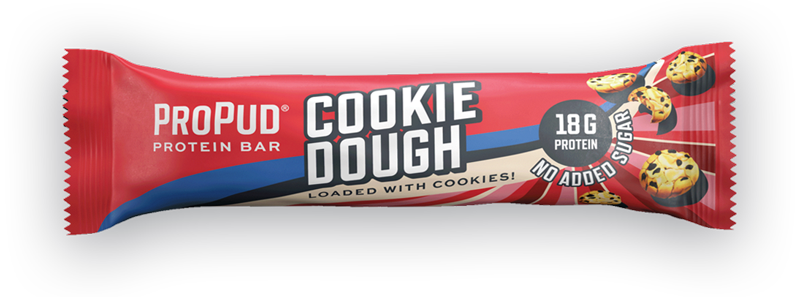
House of Nutrition uses cookies. Do you want to know what this means for your privacy? Then read our privacy and cookie statement.
Instead of eating less to lose weight, you eat Lake! Does this sound like music to you? Then you probably want to know more About the volumetric diet. The diet was developed by Professor and Chairman of Nutritional Sciences at Penn State University, Barbara Rolls. The diet is actually nothing new, but still works very much Good and simple! You eat food that is not rich in calories, but rich to nutrition value.
The volumetric diet revolves around calorie density. You Eat large amounts of food, which makes you feel full. This food is Rich in nutrients, but not high -calorie. This way you eat more easily under you calorie requirement without suffering hunger. Dietitian Jacob Kessens explains how you can Calorical density of food stipulates: you must have the number of calories in the Share portion by the weight of the portion in grams. For example, there are 34 calories in 100 grams of broccoli, which contains the calorific density 0.34 (34/100 = 0.34).
The volumetric diet consists of 4 Nutrition categories.
During the volumetric diet, set your meals Together from mainly category 1 and sometimes category 2. You can Take food from 3 and very occasionally food from category 4. So you can enjoy unhealthy foods, but in moderation!
Eating more, but reducing in calories is a sustainable diet for both the short and long term. Many people suffer from the yo -yo effect and this diet could be the solution for that. Food that is rich in water, fiber and low -fat proteins can help you give you a satiating feeling. According to Klessens, fiber and proteins are your best friend if you are busy with slimming. They are not only good for you, but they both also need more time to digest compared to eating simple carbohydrates. This longer digestive process ensures that you feel full longer.
It actually sounds too good to be true: more Food for fat loss. However, Klessens also sees a few disadvantages to the diet. For example, the healthy fats are not taken into account that, for example, Find are in nuts, avocado or salmon. Of course we can eat that rich Leave the best of saturated fats such as chips, cake and candy. But unsaturated fats do indeed provide health benefits for us. Fortunately, you can also easily add this yourself. Eat a salad with avocado or nuts through it or just go for a nice piece of fish with delicious vegetables.
The second disadvantage is that there is a possibility That you become too obsessive with the diet. Just like with a diet where you Calories must count, some people will go to the limit and in this Case the calorific density on the gram precisely measure. The only purpose of Measuring the calorific density is that people know how they balanced can compile meals, but it should not be an obsession.